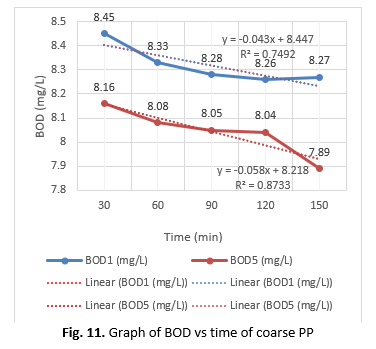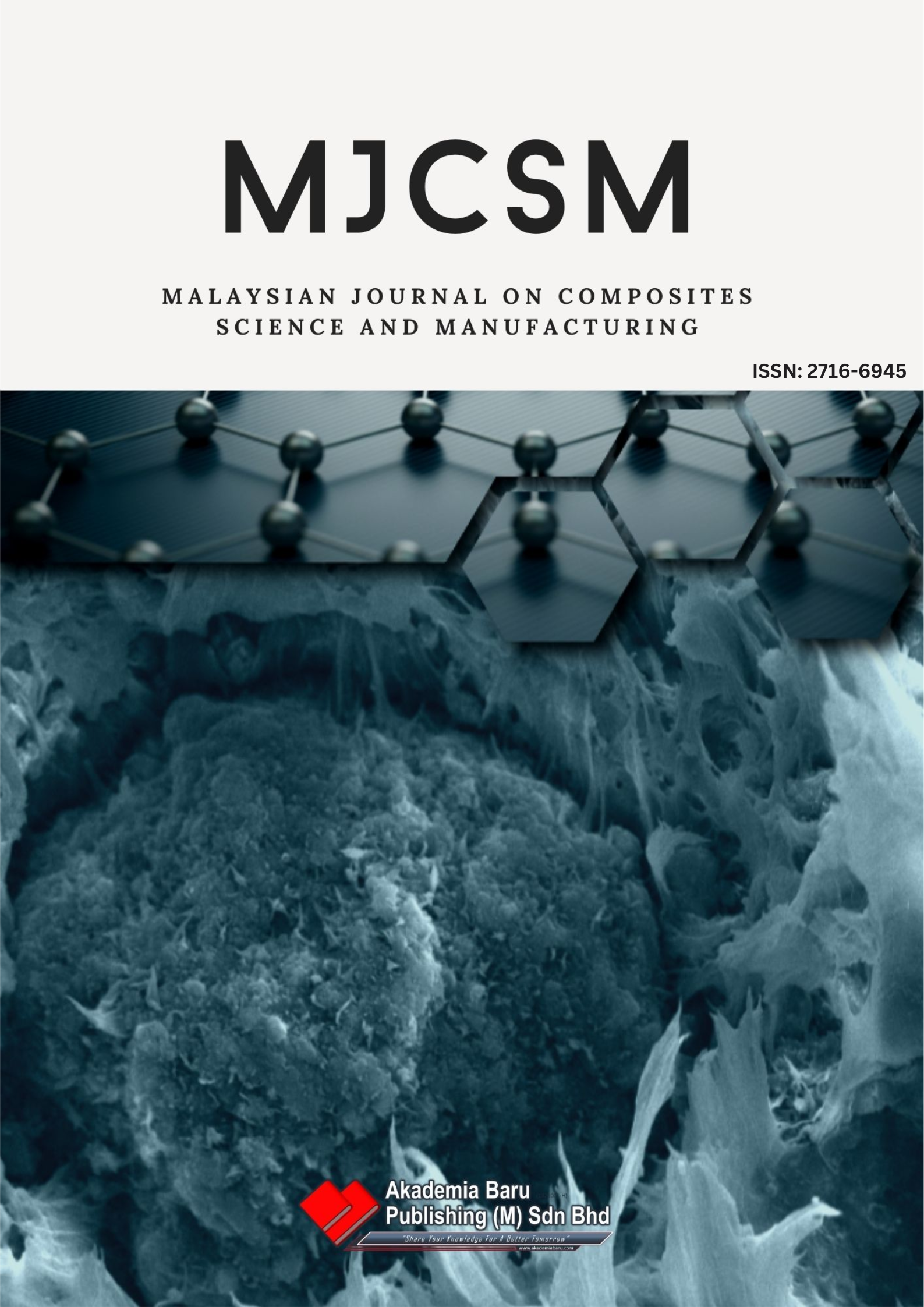Enhancement of Water Quality Parameters with Microplastics via Electrocoagulation
DOI:
https://doi.org/10.37934/mjcsm.16.1.167183Keywords:
Microplastic, Polypropylene, Water Quality IndexAbstract
Microplastics are classified into two groups: any plastic pieces or particles already 5.0 mm in size or smaller. Primary microplastics include clothing microfibers, microbeads, and plastic pellets (nurdles), and the other is secondary microplastics, which form when bigger plastic materials degrade (break down) in the environment due to natural weathering processes. Secondary microplastics originated from drinking bottles, fishing nets, plastic bags, microwave containers, tea bags, and tyres. Both varieties persist at high environmental levels, particularly in aquatic and marine habitats. A water sample was taken from the Tampoi River near Universiti Teknologi MARA Campus Dengkil. In-situ and laboratory testing were analyzed to characterize the water sample. The parameters conducted for the evaluation were pH value, turbidity, total suspended solids, ammonia-nitrogen (NH3-N), biochemical oxygen demand (BOD), chemical oxygen demand (COD), nitrite-nitrogen (NO2-N), nitrate-nitrogen (NO3-N) and enumeration of bacteria (Escherichia coli). During the electrocoagulation treatment, two types of polypropylene microplastic – fine polypropylene and coarse polypropylene were inserted in the samples. Later, the Fourier Transform Infrared (FTIR) was done for the polymer before and after treatment. The changes in the chemical structure of each polymer in FTIR demonstrated the changes in peak after the incubation periods: the chemical O-H bond and C=C bond have been detected for both types of polypropylenes.Downloads












